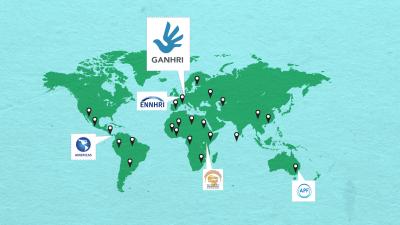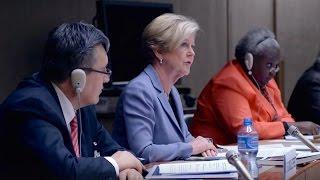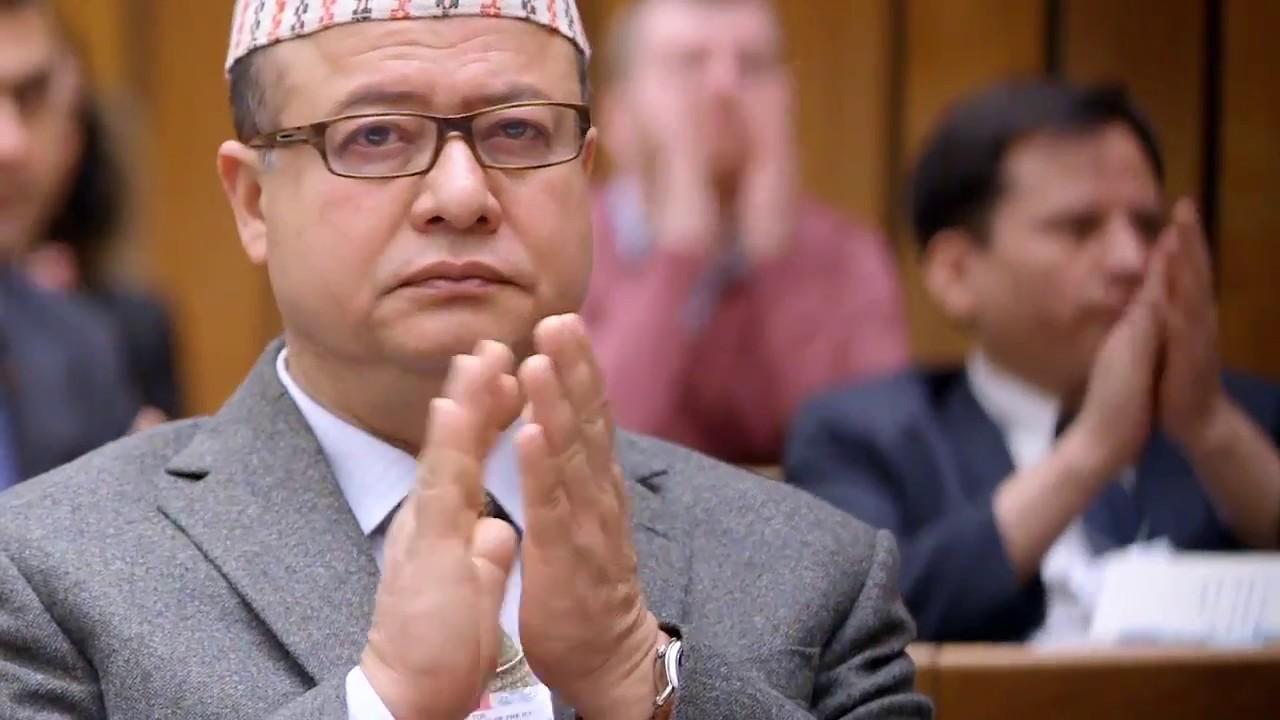
National human rights institutions and the international human rights system
Details about this content
Target group: Human rights professionals
Languages: English
Developed by: The Danish Institute for Human Rights. Content from other reliable sources
Introduction
National human rights institutions (NHRIs) have a dynamic relationship with the international human rights system.
NHRIs contribute to the development of the international human rights system by providing periodic reports and through active participation with various mechanisms and procedures, including the Universal Periodic Review.
The international human rights system supports and promotes NHRIs by developing normative standards for the establishment and functioning of NHRIs and by urging states to establish effective NHRIs.
In the lesson (interactive map) below you can learn more about how NHRIs can engage with different elements of the international human rights system.
Overview of the international human rights system
The GANHRI network
The GANHRI network has been formed by NHRIs to promote the role of NHRIs worldwide. The network consists of GANHRI, the regional secretariats and all of the member NHRIs, which is illustrated in the map below.

You can learn more about GANHRI and the regional networks on their websites (the Americas network does not yet have a website):
African Network of National Human Rights Institutions (NANHRI)
European Network of National Human Rights Institutions (ENNHRI)
In the video below, different experts, and representatives from the Asia Pacific region describe the importance of engaging with the international human rights system.The video has been created by The Asia Pacific Forum (APF).
Other online resources
Reporting cycle (treaty bodies)
Guide to the UPR (2016), NIHRC
International Human Rights and the International Human Rights System: A Manual for NHRIs (2015), APF
Continue your introduction to NHRIs
This is part2in a series with the purpose of giving an introduction to NHRIs. The different parts can stand on their own, but we recommend you follow the sequence indicated below to get the full introduction.


